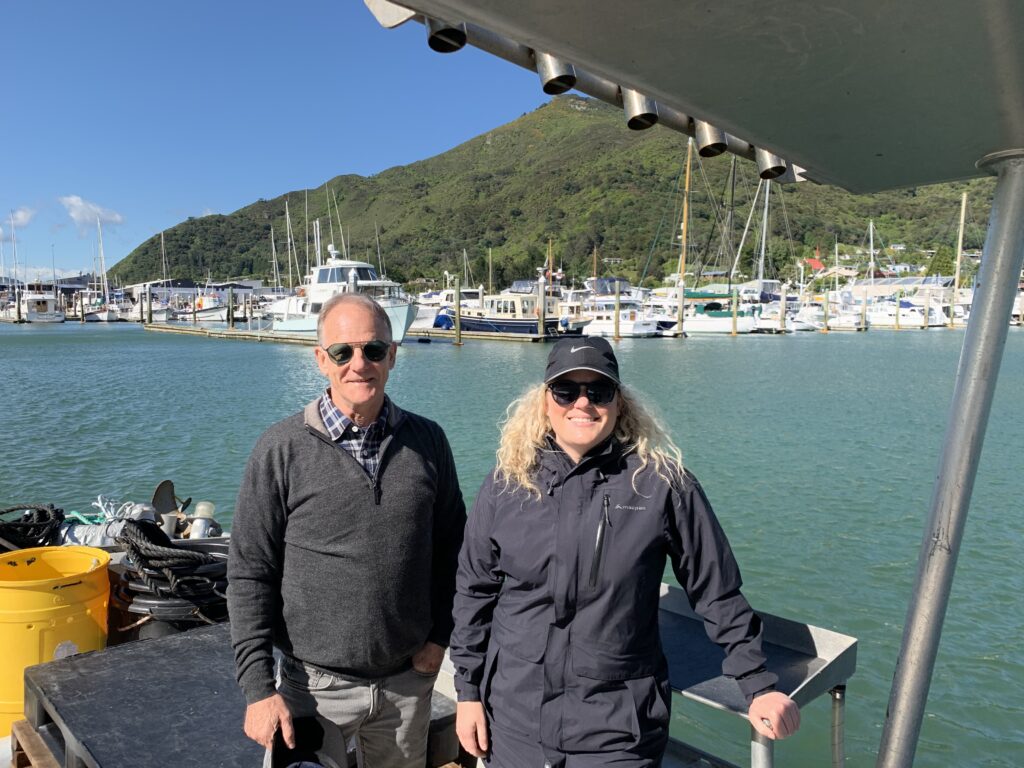Mussels ‘could replace fishmeal’ in prawn feed

Trials are under way in Australia to see whether wild caught fishmeal in prawn feed could be replaced by sustainably farmed mussels.
So far, initial tests carried out in Thailand have suggested that farmed prawns and barramundi prefer mussel meal to fishmeal. Dried mussel meal is a compact feed containing 50% protein and a naturally occurring appetite stimulant, betaine.
The trials are being carried out by Australian company Green Blue Health, which was founded to supply Australian and Asian agribusiness with sustainable proteins from mussels and seaweed.
The mussel will be tested at various inclusion rates in sustainable formulations using poultry by-product and plant-based ingredients to assess growth rates, intake, digestibility, prawn yields and consumer acceptance. The sustainable formulations will also include a seaweed additive currently used in Mexico, Brazil, Korea, and Vietnam.
This will be compared against a commercially relevant fishmeal diet. Black tiger prawns are renowned for being picky when it comes to their feed, Green Blue said. Positive results could also help to improve the palatability of other sustainable protein sources, including insects and other terrestrial-derived ingredients.
Green Blue’s Technical Director, Karlie Wilson, said: “We see this study as opening the door for inclusion of mussel meal for a number of other aquaculture species including mud crabs, lobster and barramundi.”
The company hopes that diets with the inclusion of mussel meal will increase the black tiger prawn acceptance of locally available and sustainable ingredients such as by-product meals from protein crop production in Australia.
The Green Blue Health prawn feed study was made possible by CSIRO Kick-Start, an initiative that provides funding and support for innovative Australian start-ups and small businesses to access CSIRO’s research expertise and capabilities to help grow and develop their business.
The study is being conducted at the CSIRO research facilities at the Bribie Island Research Centre in Queensland, Australia. Results should be available early in 2022.

Green Blue Health founders Anthony Jacobs (L) and Karlie Wilson

